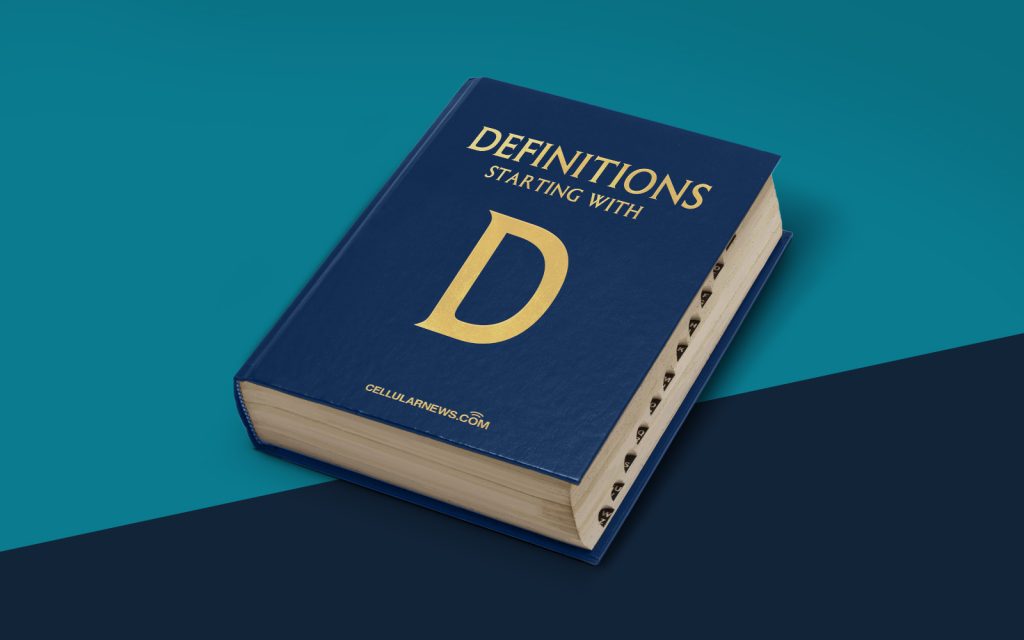
Unlocking the Mystery of Digital Rights Management (DRM)
Welcome to the fascinating world of Digital Rights Management (DRM), where technology, creativity, and intellectual property converge. In this article, we will dive deep into the concept of DRM, explore its various components, and understand its significance in the digital landscape.
Key Takeaways
- DRM is a set of technologies and protocols to protect and enforce digital content rights.
- It allows content creators and distributors to control how their content is used, accessed, and shared.
What is Digital Rights Management (DRM)?
Digital Rights Management, commonly referred to as DRM, is a set of technologies, techniques, and protocols that aim to protect and enforce the rights associated with digital content. It is essentially a system that allows content creators and distributors to control how their content is used, accessed, and shared by others.
How Does DRM Work?
At its core, DRM relies on encryption algorithms and licensing agreements to ensure that only authorized individuals or devices can access and use digital content. It enables content creators to define specific rules and restrictions for their content, such as limited time usage, restricted copying or printing, and high-quality playback only on authorized devices.
When content is protected with DRM, it is typically encrypted and assigned a unique digital license. This license contains information about the authorized user or device, the permitted usage rights, and any associated restrictions. DRM systems also incorporate authentication mechanisms to verify the validity of the licenses and prevent unauthorized access.
Types of DRM Systems
There are different types of DRM systems utilized in various industries, including:
- Media DRM: This type of DRM is commonly used in the film, music, and gaming industries to protect digital media files, such as movies, music albums, and video games. It enables content creators and distributors to control access, prevent unauthorized sharing, and limit usage of their copyrighted material.
- Document DRM: Document DRM focuses on protecting confidential and sensitive documents, such as contracts, financial reports, and legal documents. It allows organizations to safeguard intellectual property, control distribution, and prevent unauthorized modifications or leaks.
- Software DRM: Software DRM is employed by software developers to protect their software applications from unauthorized usage or distribution. It may include mechanisms like product activation, license key management, and anti-piracy measures.
The Controversy Surrounding DRM
While DRM serves an essential role in safeguarding digital content and ensuring creators receive fair compensation for their work, it has also faced criticism and controversy. Here are some common concerns raised about DRM:
- Limitations on Fair Use: Some argue that DRM can restrict the rights of consumers to exercise fair use, which entails limited copying or sharing of copyrighted material for educational, transformative, or criticism purposes.
- Incompatibility and User Experience: Different DRM systems may have compatibility issues and impose restrictions that inconvenience users, such as limiting the number of devices on which content can be accessed or requiring frequent online authentication.
- Erosion of Privacy: DRM systems often collect data on user behavior and usage patterns to ensure compliance with licensing agreements. This raises concerns about privacy and the potential misuse of personal information.
It’s important to acknowledge these concerns and strike a balance between protecting intellectual property and respecting user rights.
In Conclusion
Digital Rights Management is a complex and ever-evolving field that continues to shape how digital content is accessed and used. By employing encryption, licensing agreements, and authentication mechanisms, DRM enables content creators and distributors to protect their work, while also raising valid concerns regarding fair use, compatibility, and privacy. As technology advances and new challenges arise, the ongoing discussion surrounding DRM will shape the future of intellectual property rights and content distribution.
